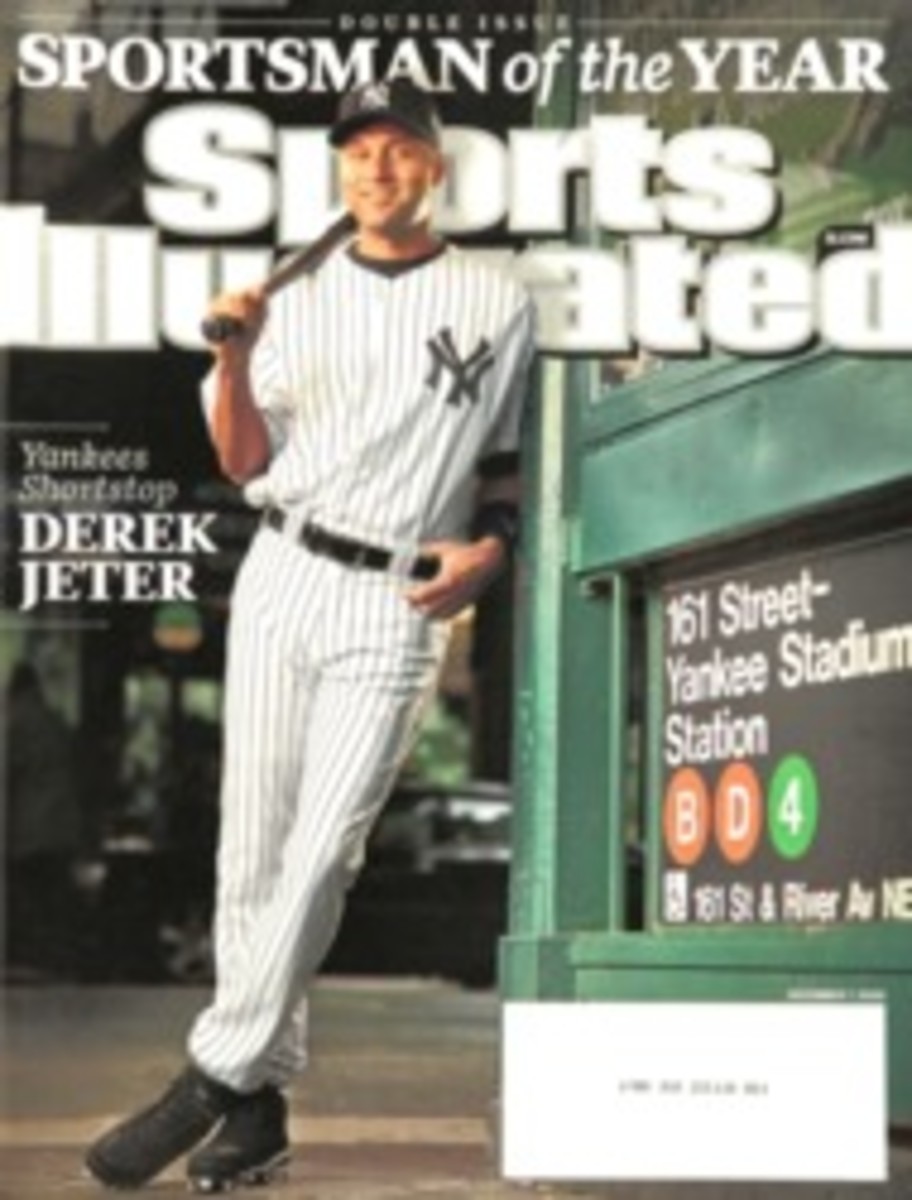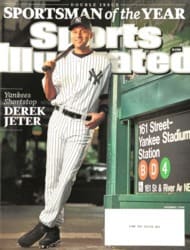
SPORTS ILLUSTRATED: ALL-ACCESS
When Henri Cartier-Bresson, the forefather of modern photojournalism, said that once you miss the moment it is gone forever, he was talking about small moments as well as large. A new exhibit showcasing Walter Iooss Jr. and Neil Leifer celebrates both—from a time when sports photographers could get right next to their subjects, forever freezing them in public triumph and intimate informality
Once, we all had access. Fans used to celebrate on the field after NFL games. Reporters used to travel on team trains and planes. Photographers used to roam intrepidly from field to locker room. No more. And that's fine. No category of entertainment has grown to be as expansive and engaging as sports. But something has been lost. The connection between athletes and their fans has been stretched, widening increasingly since the birth of sports networks, in the late 1970s. It is not necessarily TV's fault, but that distance, especially measured emotionally, can be gaping. We see our favorite athletes more and know them less.
It's easy to blame "big media"; the rules and policies that are established and spun by agents, managers, handlers, and various "communications experts" are all exclusive. If the journalist gets 10 minutes of cellphone conversation with the star QB, how much can he or she really pass on to the fans? The best-loved athletes are the most open, but even they are hard to know when we see them primarily in action or in television commercials.
The most revealing glimpses of athletes have always been provided by still photographs: captured moments highlighted by nuance; and almost always off of the action, not the play itself, but the reflection of the play in the intimate moments before or after. These are pictures taken not only on the field or court but also in the clubhouse or in social situations and even tight quarters like hotel elevators—often the places from which photographers now are barred. These exclusions apply to all, even great photojournalists, who are sometimes limited to a very few minutes to make a cover image.
"SPORT: Iooss and Leifer" is an exhibition currently on view at the Annenberg Space for Photography in Los Angeles focusing on Walter Iooss Jr. and Neil Leifer as photographers whose work "transcends their genre—the oeuvre of sports photography," and who over the span of their still-active careers have shot virtually every major modern sports figure. Beyond their photos, more than a half-century's worth, there are multimedia presentations that utilize hundreds of images from SI's archives and the work of other pioneering SI photographers, such as the innovative John G. Zimmerman. Many of the images depend on access for their power and insight.
Both Iooss and Leifer started as teenage freelancers at a time when it was possible to capture the innocence of sport without cliché—because it literally was right in front of them. They were that close. As the catalog for the Annenberg show puts it: "What shines through the still photographic images are the inner workings of aspiration and triumph; tremendous strength coupled with consummate grace; a keen sense of vision and personal drive propelled by amazing physicality. Ultimately we see the great heights and depths of human experience condensed into single, stirring, revelatory frames."
That takes access.
THE WAY IT WAS
Colts defensive back Jerry Logan (right) and quarterbacks Earl Morrall (left) and Johnny Unitas get dressed in the visitors' locker room before their game with the Lions.
Photograph byWALTER IOOSS JR., 1968
WRITTEN ON HIS FACE
The appeal of 24-year-old Jets quarterback Joe Namath is defined during a phone conversation at Shea Stadium.
Photograph byWALTER IOOSS JR., 1967
FANS ON THE FIELD
As the Greatest Game Ever Played fades to black, Colts fans corral Alan Ameche after his title-winning overtime touchdown.
Photograph byNEIL LEIFER, 1958
INNOVATION
A camera rigged under second base is braced for the steal attempt of the Dodgers' Willie Davis against the Phillies.
Photograph byNEIL LEIFER, 1965
INNOVATION II
A lens embedded in the ump's mask provides a spring training eye-opener as the White Sox' Billy Pierce gets a workout.
Photograph byJOHN G. ZIMMERMAN, 1959
GOAL LINE STAND
Taking his stance, a photographer invades the field to get his shot of Giants halfback Frank Gifford (16) as he nears the end zone against the Colts at Yankee Stadium.
Photograph byNEIL LEIFER, 1958
SPECIAL ACCESS
In an elevator at a Houston hotel during his club's sixth title run, the Bulls' Michael Jordan checks the time while teammate Dennis Rodman spaces. Photographer Iooss had collaborated on a book with Jordan.
Photograph byWALTER IOOSS JR., 1998
SPECIAL ACCESS II
Before a loss to Lennox Lewis, Mike Tyson permits a glimpse of heavyweight tenderness as he cradles his son Miguel. Honoring his word to photographer Leifer, Iron Mike overruled his handlers and allowed the picture to be taken.
Photograph byNEIL LEIFER, 2002
TAKING IT EASY
At the height of their prowess and celebrity, eventual tournament runner-up Jack Nicklaus (right) and Arnold Palmer hold an earnest summit at Laurel Valley Country Club in Ligonier, Pa., during the PGA Championship.
Photograph byWALTER IOOSS JR., 1965
Now on SI.com
View a gallery of Walter Iooss's most memorable photographs at SI.com/photo
NINE PHOTOS

